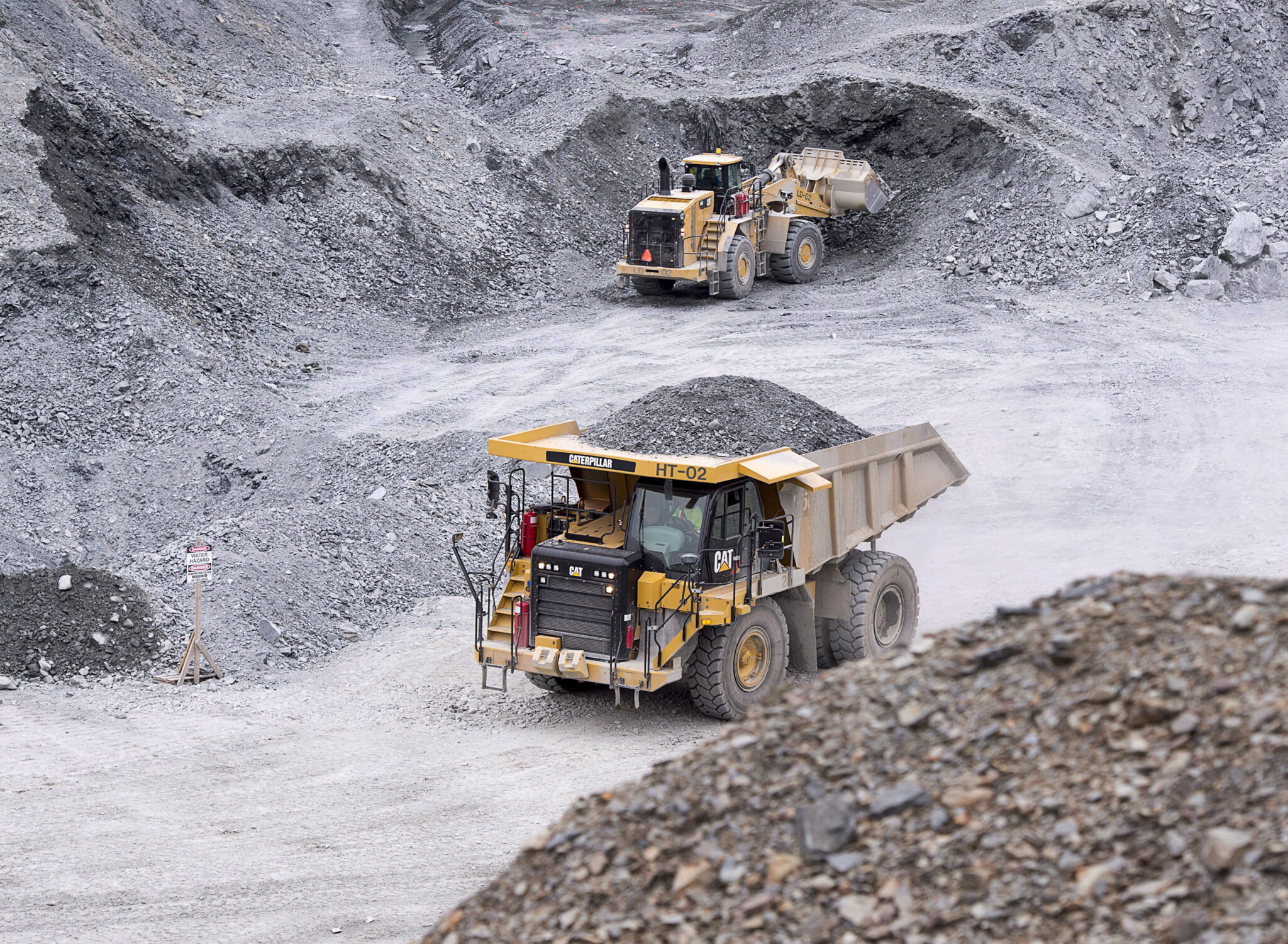Canada’s strength in mining rests on its ability to extract and process minerals and metals competitively and to transport products efficiently to and from domestic and international markets. Production, processing, and transportation are the foundations that allow the industry to stay globally competitive and expand its Canadian investments. In an increasingly volatile geopolitical environment, and when the need for critical minerals for vital sectors such as defence, high technology, and energy is growing, the time to act is now.
Canada has historically been among the top producers of metals and non-metallic minerals in the world. It is the top producer of potash, second-largest producer of niobium and uranium, third-largest producer of precious diamonds and palladium, and most recently assumed fourth place for gold.
However, Canada’s mineral production industry faces challenges: Canada is no longer a top producer of minerals critical for a low-carbon economy, like copper and nickel, and many minerals are not even produced at the levels they were a decade ago. A decrease in mineral exploration and investment is responsible for part of this decline in production. As the world’s second-largest country, with world-class geology, posessing an educated workforce along with numerous other attributes, Canada should be the top jurisdiction in the world to invest, explore, produce, and transform.
As global demand for critical materials intensifies, Canada must reverse trends begun three decades ago and resume its standing as a top mining jurisdiction. Doing so requires looking at the entire value chain and targeting how best to attract investments along it.
The first building block for a strong minerals sector is public geoscience. The Geological Survey of Canada (GSC) is world-renowned. Older than Canada itself, the GSC, combined with provincial surveys, have long made significant contributions to our understanding of Canada’s mineral endowment. New technologies allow us to do more, faster and further enhance our understanding of what lies beneath the surface. A strong focus should be on enhancing geological knowledge of Canada’s northern and remote regions, parts of which remain largely unmapped, but where the potential for new mineral discoveries abounds.
Good geoscience attracts exploration. Canada still owns the top spot globally for exploration investment, backed by a skilled finance sector and a highly skilled and educated exploration community. High risk in nature, mineral exploration has nonetheless struggled to attract financing. Federal and provincial governments have responded with exploration incentives such as the Mineral Exploration Tax Credit and Critical Minerals Exploration Tax Credit, both of which combined raise billions annually for mineral exploration.
Only one out of every thousand exploration projects becomes a mine, however. We need to sustain high levels of exploration to find the new mines of tomorrow. To improve our odds of new discoveries becoming mines, we also need to invest in infrastructure—transportation, energy and communications, particularly in Canada’s North. Infrastructure projects such as the Grays Bay port and road are examples that could bring world-class deposits online and attract new exploration to an underexplored region of Canada.

Pieces of potash at a surplus pile at the Mosaic potash mine in Esterhazy, Sask. on Wednesday, May 3, 2017. Liam Richards/The Canadian Press.
New mines help to support Canada’s downstream value chain—our smelters and refineries that create value-added mineral and metal products exported around the world. Unfortunately, Canada’s integrated smelters and refineries were originally built near mines, which were mostly inland, without access to affordable marine transport. As local ore reserves become depleted and the production of base metal concentrate declines, some of these smelters and refineries have closed, while others try to compete by providing custom treatment of concentrates imported from other countries in a highly competitive market.
The competitiveness of Canada’s mineral-processing industry depends on its ability to secure reliable sources of feedstock from domestic mines. Transportation costs have increased in recent years, making it expensive to import feedstock from abroad. If the processing industry is to remain competitive, enhancing domestic levels of mineral production through investment in exploration and mine development is essential.
Canada’s processing facilities operate in a global market, where China and other countries have expanded their capacity with new facilities and compete fiercely for raw materials. The cost of electricity is also a factor in some Canadian jurisdictions. Given the energy-intensive nature of mineral processing, high-power-cost jurisdictions dampen the competitiveness of existing operations and deter future investment.
The age of some Canadian operations and their ability to meet potential regulatory requirements also affect their viability. In the face of these factors, the downstream Canadian mining industry risks being left behind, and without it, the opportunities for extending the minerals value chain further downstream into manufacturing are diminished.
Other critical factors for sustaining and growing Canada’s minerals value chain include improving regulatory timelines and certainty and ensuring we have a robust, dependable logistics network. Long taken for granted, the reliability of Canada’s transportation system has been shaken over the past decade by labour disruptions, protests and natural disasters. In August 2024, the two Class 1 railways in Canada locked out more than 9,000 employees—the first time in Canadian history that both railways shut down simultaneously. In November 2024, lockouts at British Columbia and Quebec ports threatened to stop the movement of $1.3 billion a day.
These labour disruptions are an indication of the fragility of the current system. The mining industry depends on rail and maritime transportation to deliver its product to market. Strikes and lockouts create uncertainty that can propagate backwards: it is difficult to plan for future production when transportation services can shut down with no alternative. While the government is seized with economy-wide supply chain challenges, ensuring greater stability of Canada’s logistical supply chain network is critical.
The economy of the future, global security, and the energy transition all depend on minerals and metals from Canada. To supply these resources, Canada must foster a more efficient investment and regulatory environment. In recent years, the mining sector has welcomed positive commitments from the federal government, including the Canadian Critical Minerals Strategy, Fall Economic Statements, and the 2022, 2023, and 2024 Budgets, with measures aimed at bolstering investments in critical minerals. The new Carney government’s election platform contained many commitments that, if implemented, will enhance Canada’s attractiveness for new mining investment. These include enhancing existing tax incentives, investing in critical infrastructure, supporting Indigenous participation in mining and improving regulatory timelines.
All of these measures are necessary if we are to maintain and grow Canada’s minerals and metals value chain to meet the needs and expectations of our allies in an increasingly competitive and fractious world.
This article was made possible by Rio Tinto and the generosity of readers like you. Donate today.









